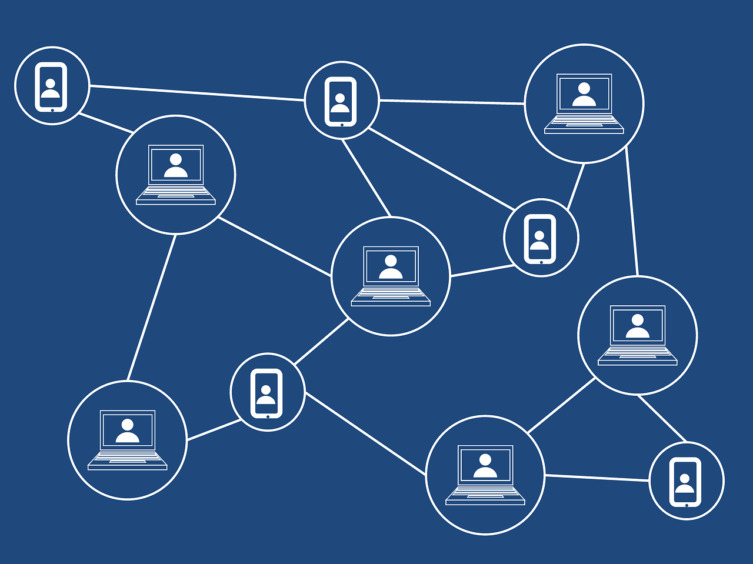Blockchain faces many challenges, such as interoperability issues. For example, how can blockchain scale interoperability? This question is still being explored by developers and researchers alike. A few possible solutions have been suggested in this post; we will discuss them. Some proposed solutions include creating a new Bitcoin or using a distributed hash table.
Cross Chain technology, or cross-chain integration, is one way to achieve this. This new blockchain technology is currently in its infancy, but it is very useful for developing decentralized systems. It enables companies to create cross-chain platforms and connect data between blockchains, thereby allowing them to share information and resources with other companies. By following these guidelines, companies can scale their infrastructure and develop applications that can benefit from cross-chain interoperability.
What Is Interoperability?
Interoperability allows blockchains to share and access data while also communicating with one another. Blockchain interoperability refers to the capacity for blockchains to share and speak with one another.
Issues Of Interoperability In Blockchain
One major issue in blockchain interoperability is the need to scale the technology. We all know that blockchain is still growing, it is becoming more commonplace, and several new projects focus on this need. To create interoperability, developers must devise a protocol that allows them to exchange information with other blockchains freely. While the future of blockchain technology remains uncertain, we can look forward to some cutting-edge platforms and technologies that demonstrate how they will facilitate interoperability in the near future.
For example, the development of the Atomic Swap protocol provides a decentralized escrow service across multiple blockchains. This cross-chain exchange of value uses a centralized escrow account. The protocol is built into the system, which involves an application layer that coordinates the destination address and sender address. This layer also determines the conditions for the transaction.
Despite the many advantages of blockchain technology, interoperability is still a major hurdle. Although it can facilitate cross-chain transactions, it is impossible to scale this technology without a single-platform solution. But if the interoperability issues are solved, the benefits are unlimited. Blockchain could be the next stepping stone to building the infrastructure and enabling businesses to scale their business.
There are many challenges and issues to be resolved to improve blockchain interoperability. But there are also many advantages. For example, transferring information across blockchains eliminates third parties, a huge obstacle in centralized systems. As a result, sharing information from one blockchain to another is nearly impossible. However, the development of blockchains is advancing at an incredible pace.
The most obvious benefit of blockchain interoperability is its ability to eliminate third parties. A centralized system can never have any intermediary. In contrast, a decentralized network can communicate with another, eliminating the need for third parties. By implementing cross-chain interoperability, blockchains can communicate with each other. Moreover, it makes it possible to transact on different blockchains. It is a major feature of a decentralized system.
Moreover, blockchain interoperability allows users to transact on various blockchain systems. By providing information from one system to another, users can move funds from one chain to another. Similarly, blockchains may communicate with other systems. For instance, you can use a sidechain to transfer a different currency. Therefore, blockchains that share the same type of data can be interoperated.
The healthcare industry is one of the largest markets in modern society. However, its disparate regulatory environments, lack of standardized procedures, and fragmented data management systems are barriers to interoperability in the healthcare industry. A blockchain solution that enables data transfer between different healthcare networks will overcome these problems and allow for a more seamless exchange of information between networks.
In the healthcare sector, interoperability has been a problem. 86% of healthcare providers do not share critical health care information. While most vendors have attempted to implement interoperability solutions, these solutions are expensive and difficult to scale. These solutions do not solve the issue of interoperability. For example, layer two networks can help scale blockchain.
Final Words
Despite the advantages of cross-chain interoperability, blockchains have many challenges. Few are immediately necessary, such as cross-chain communication. The biggest challenge is that interoperability is impossible between different blockchains. The solution for many crypto problems.Some solutions, however, are being rolled out gradually. In the meantime, the Lisk Research Team focuses on delivering a comprehensive and scalable solution for the Lisk ecosystem.
Want more news from the Tech world for Gaming Peripherals to Hardware Click Here







